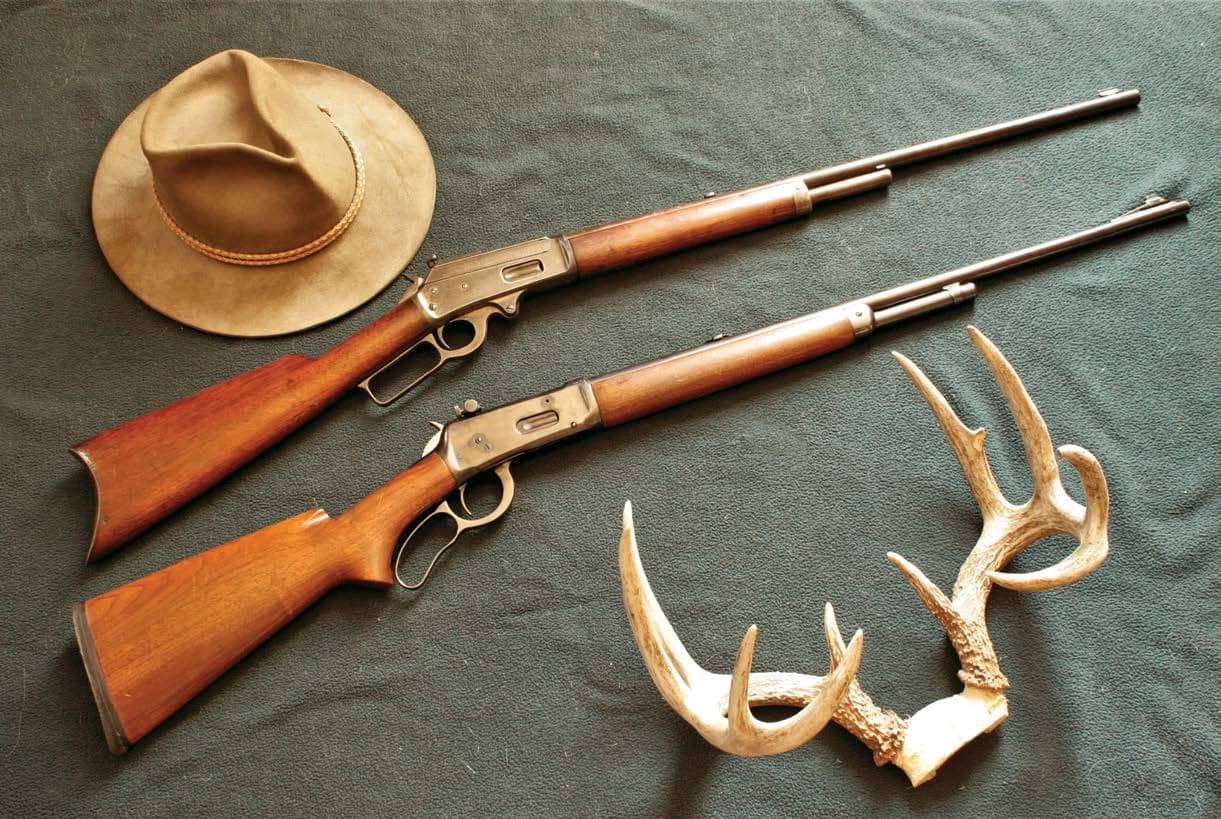
John’s current “traditional” American lever-action centerfires are a Marlin Model 1893 in .32-40 (top) and a Winchester Model 64 in .30-30 (bottom). Both have aperture sights, allowing them to be carried by their slender receivers. The Marlin’s sight is from Skinner Sights and the Winchester’s sight is a Lyman Model 56.
Though some major technological advances appeared in rifles during the twentieth century, the nineteenth century began with flintlocks, black powder, and patched round balls, and ended with smokeless powder, jacketed spitzers, and self-contained metallic cartridges. The self-contained cartridge made repeating rifles possible, something firearms designers had dreamed of for centuries. Until cartridges appeared, the closest they came was cap-and-ball revolvers. But soon afterward, the “cap” became the primer in a cartridge.
Of course, conservative hunters (especially British) tended to sneer at “magazine” rifles as being unsporting. However, armies around the world started adopting repeating rifles, though some took longer because of a notion common among older officers, that enlisted men would “waste” too much ammunition when using a repeater.
The best-known early American repeating rifles were lever actions, the Spencer and Henry. Both appeared just before the War Between the States, and some of each were used by the Union Army, though a few eventually fell into Confederate hands.
Esta historia es de la edición July - August 2021 de Rifle.
Comience su prueba gratuita de Magzter GOLD de 7 días para acceder a miles de historias premium seleccionadas y a más de 9,000 revistas y periódicos.
Ya eres suscriptor ? Conectar
Esta historia es de la edición July - August 2021 de Rifle.
Comience su prueba gratuita de Magzter GOLD de 7 días para acceder a miles de historias premium seleccionadas y a más de 9,000 revistas y periódicos.
Ya eres suscriptor? Conectar
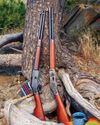
CIMARRON .32-20 Short Rifle & Carbine
In the heyday of Winchester Repeating Arms Company lever guns, it offered muskets, standard rifles, short rifles and saddle ring carbines.
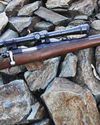
Remington's Model 722 and .222 Cartridge
It's easy enough to define what a varmint is, those pesky critters that tear up pastures, flower beds and all kinds of expensive crops people need for various reasons - most importantly, to make a living and/or something with which to feed themselves.

Coyote Bullets
What is Best for You?
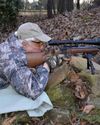
Remington's 5mm Rimfire Magnum
Shooting a Classic
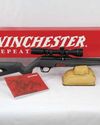
Winchester's New Wildcat
The Ultralight Rimfire Varmint Rifle

.223 Remington from .30-30 Winchester?
Multitasking for Varmints

LOADS FOR A .22 TCM
The .22 TCM first appeared commercially in 2012, chambered in a Rock Island Armory 1911-style handgun.
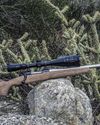
Everybody Loves Velocity
The 4,500-fps WSSM Project

A BOLT-ACTION FRANCHI 224 VALKYRIE
Testing New Loads
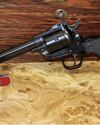
.22 Winchester Magnum Rimfire
Shooting Revolvers